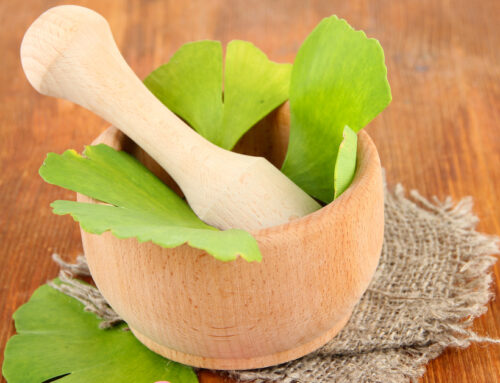It’s painless, it doesn’t show any outward symptoms you’d notice, and the first sign you’ve got this problem is often a fracture of the hip, wrist or spine.
As you might have guessed from that hint, I’m talking about osteoporosis. The condition is usually associated with post-menopausal women, but one-third of the victims are men. No one is completely safe.
At first glance, osteoporosis – a thinning of the bones — doesn’t seem to be related to brain health. How can a change to the inner structure of bones after the age of 40 be linked to cognitive decline?
But unlikely as it appears, there are quite a few factors linking these two conditions. . .
A study of over 8000 osteoporotic American women was published in 1999.
Evaluating either bone mineral density at the start of the study, or measuring bone loss or fractures of the vertabrae over the course of six years, the authors found those with lower bone mineral density “have poorer cognitive function and greater risk of cognitive deterioration.”1
Further confirmation came in a 2009 study that compared compared 71 early stage Alzheimer’s Disease patients with 69 who were dementia free.
The University of Kansas researchers concluded that “Bone mineral density is reduced in the earliest clinical stages of AD and is associated with brain atrophy and memory decline…”
They thought the link between thinning bones and brain health could be explained by estrogen exposure and by apolipoprotein E4, the major known genetic risk factor for AD, because it is also associated with reduced bone mass in some studies.
They also believed lifestyle and dietary factors may play a part.
But another possibility, they suggested, comes from growing evidence that bone health is regulated mainly through the hypothalamus, which is also one of the earliest brain structures to be affected by the onset of Alzheimer’s.2
Men’s Risk Increases by 47%
The latest study on the osteoporosis-Alzheimer’s connection was published in August in the Journal of Alzheimer’s Disease. It was carried out by researchers from France and Germany.
They looked at data from 29,983 European osteoporosis patients and compared them to exactly the same number of controls without the condition. The two groups were matched for age and gender, as well as additional health disorders and treatments.
After 20 years follow-up, 20.5% of the women with osteoporosis developed dementia compared to only 16.4% of the controls. The equivalent figures for men were 22% versus 14.9%. If you run the numbers, you’ll see that women were 25% and men a whopping 47% more likely to be diagnosed with dementia if they suffered bone loss.3
Co-author Louis Jacob from the University of Paris said, “The major hypothesis to explain the association between osteoporosis and dementia is that these two conditions have similar risk factors.
“These factors include APOE4 allele of the apolipoprotein E, a major cholesterol carrier, lower vitamin K levels, vitamin D deficiency, but also androgens and estrogens.”4
Natural Ways to Keep Bones (and Brain) Strong
Half of the bone’s structure is built from protein, so it’s important to obtain sufficient amounts from good sources: meat, fish, fowl, dairy, nuts, seeds, beans and legumes.
Other key nutrients include calcium, magnesium, phosphorus, manganese and vitamin K. You can acquire all these from a healthy, wholefood diet with plenty of green leafy vegetables and fruits, but I would recommend supplementing with magnesium, manganese and K for extra protection, because deficiency is so common.
Calcium is a tricky mineral to supplement with, so seek to get what you need in food. In general, the body wasn’t designed to take in minerals that aren’t embedded in food, so that is always the preferred source — if you’re disciplined enough to make sure you eat the right foods, in the needed amounts.
Supplementing with minerals is most effective when they’re chelated (bonded to another molecule to make them more bioavailable.)
Get outdoors into the sunshine to ensure the body manufactures vitamin D during the summer months. Dietary sources include eggs, oily fish, and liver, but these do not supply enough, so during the winter it’s wise to supplement unless you live in a sunny climate and have an outdoor lifestyle.
Regular weight-bearing exercise is essential for maintaining strong bones, such as brisk walking, jogging, climbing stairs and dancing.







